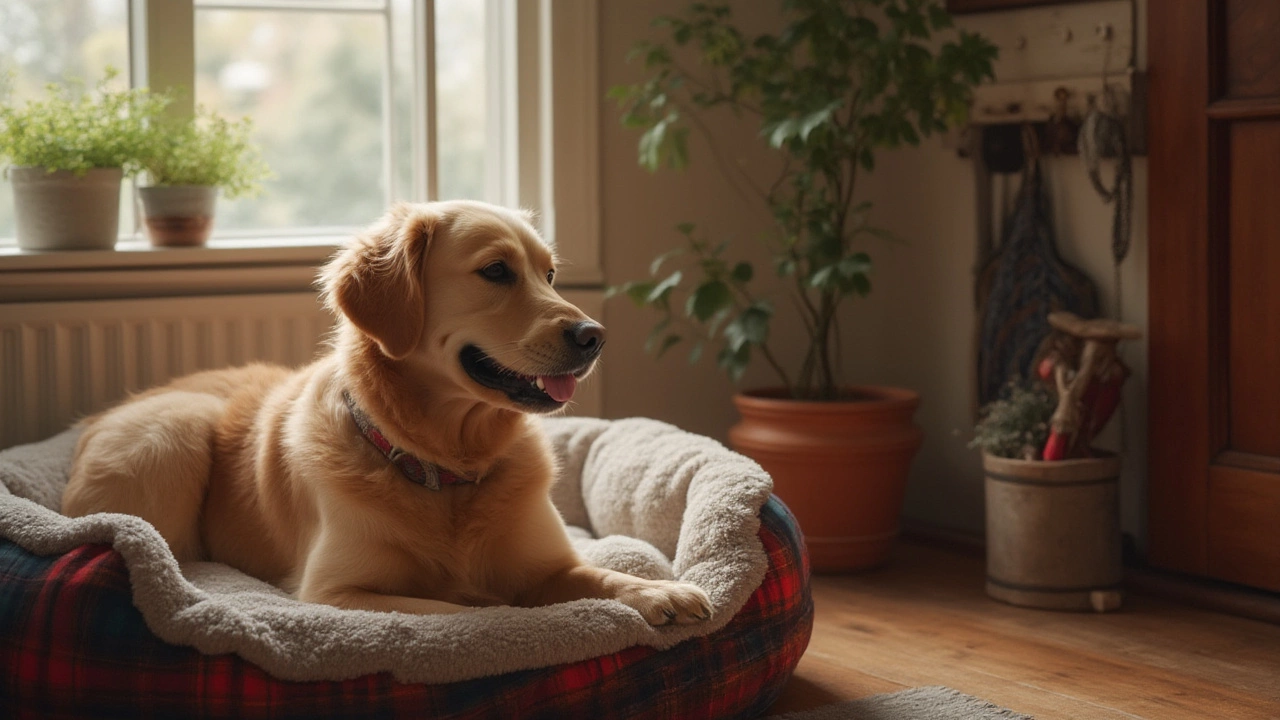Should Dogs Wear Collars? The Real Deal on Safety and Comfort
Collars feel like a basic part of dog ownership, but not every pup needs one 24/7. You might think a collar is just an ID tag holder, yet it can affect your dog’s health, behavior, and comfort. Let’s break down when a collar makes sense, when it can cause trouble, and what you can use instead.
When a Collar Is Actually Helpful
First off, a collar is great for showing your dog’s name, phone number, and licensing info. If your dog spends any time off‑leash, a sturdy, well‑fitted collar keeps the tag in place and helps a passerby return a lost pup quickly. Collars also work with training tools like a gentle harness or a quick‑release leash, so they’re handy during walks.
Make sure the collar is the right size – you should be able to slide two fingers between the collar and your dog’s neck. A snug fit stops the collar from slipping off, while a loose fit can get caught on furniture or cause choking. Look for materials that won’t irritate the skin, such as padded nylon or leather with a smooth lining.
Why Collars Can Be a Problem Indoors
Many owners leave the collar on all day, even when the dog is just lounging on the couch. Inside the house, a collar can snag on door handles, curtain rods, or chew toys, leading to neck injuries. Some dogs develop skin irritation or hair loss where the collar rubs against the fur. If your dog is prone to anxiety, a constant collar can be a constant reminder of restraint, adding stress.
For indoor comfort, consider removing the collar when you’re at home and your dog isn’t heading out. If you need ID, a lightweight, breakaway tag attached to a soft band can do the job without the bulk of a full collar.
Safe Alternatives for Everyday Use
Harnesses are the go‑to alternative for many owners. They distribute pressure across the chest and back, eliminating neck strain. A well‑fitted harness also works with leashes and can double as a training aid. If you only need ID, a simple engraved tag on a breakaway safety clip works fine.
Another low‑impact option is a soft, fabric band that slips over the head like a head‑collar. It stays in place without pressing on the neck, making it a good choice for dogs that dislike wearing anything around their throat.
Whatever you choose, regularly check for signs of irritation: redness, hair loss, or excessive licking. If you spot any of these, swap to a different style or give the collar a break for a few days.
Quick Checklist Before You Collar Your Dog
- Fit: two fingers can slide under the collar.
- Material: padded, breathable, and non‑abrasive.
- Purpose: ID tag, training, or leash attachment.
- Indoor use: consider removing or using a breakaway tag.
- Check daily for signs of irritation.
In short, a collar isn’t a must‑have 24/7. Use it when you need ID or training support, but feel free to ditch it at home if it causes any hassle. A well‑chosen harness or a simple breakaway tag can keep your dog safe, comfortable, and ready for whatever the day throws at them.
Posted By Bryndle Redding On 26 Jul 2025 Comments (0)
Should Dogs Wear Collars All The Time? Vet-Backed Advice On 24-7 Dog Collars
Explore if dogs should wear collars 24-7. Get the facts, vet-backed tips, and firsthand advice to keep your dog safe, comfortable, and happy.
READ MORE